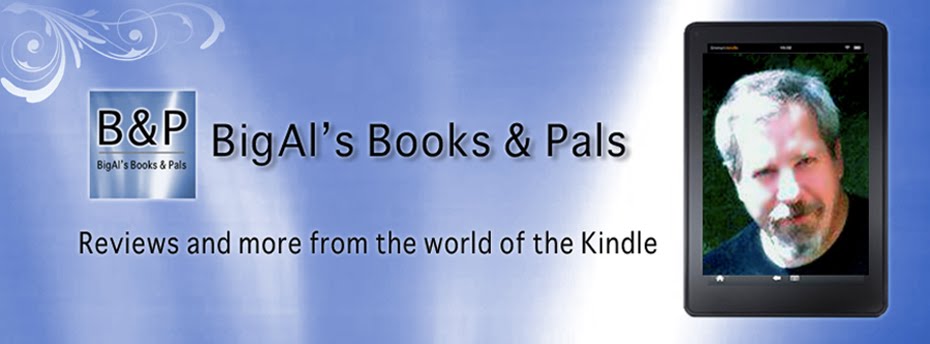Last week, in part 1 of this post, I looked at the issue of copy editing and proofing in Indie books, both the perception and the reality of what I’ve found. Today I compare this to traditionally published books and give some final thoughts.
How do Traditionally Published Books Compare?
Over the last several weeks, I’ve read eight traditionally published books. These were a combination of Christmas gifts (thanks again, everyone), purchases, and two books from the Kindle Lending library. There is a slant towards non-fiction; however, most had dialogue and a narrative (not unlike a fictional story) rather than a recitation of facts, so I feel it is a fair comparison. I’ll leave it to you to decide if the sample size is large enough to draw conclusions or not.
While reading, I kept track of the same kind of errors I would with a book I was reading for review. This should be an apples to apples comparison. I’m not a professional copy editor or proofreader, nor do I try to be. Some things I’m good at noticing, others I’m not. Comma misuse is one example of something I know is a weakness where I’ll only catch the most flagrant errors.
One issue that needs mentioning before giving the results is what I call “ghost hyphens.” These are hyphens inserted in words for the print edition of a book incorrectly left in the electronic version. This is a common issue, even in Indie books, and I’ll typically count these as a formatting issue rather than a typo. This issue is much more prevalent in traditionally published books. I’ve mentioned those with this issue in the detail on each book evaluated at the end of the post.
What I found is that of the eight books, all but one fell into my “no significant issues” classification (seven or less problems found). Only one was in the next worst classification of “a small number of errors,” and barely missed the better category. None of these would have prompted mention of a serious editing problem were I reviewing them, with the majority being in the three to four issues spotted range.
The phases of editing.
Before giving my final thoughts or conclusions, I thought a quick explanation of my understanding of the different kinds of editing would be a good idea. My understanding may have some holes or misconceptions. If so, at least you’ll know what I meant when I used the word (which means what I meant for it to mean).
Although different publishers and authors may vary their process, including repeating phases, and overlaps in between functions, I picture editing as having three major phases: content editing, copy editing, and proofing.
Content editing looks at the big picture. In traditional publishing, this could happen from the initial pitch to a rewrite after acceptance of the initial manuscript and continue until deemed ready for copy-editing. It is an ongoing process. Although primarily “big picture,” this phase can actually get very detailed, questioning the purpose of a specific scene (with deletion or reworking so the scene works) or even fixing of a single line of dialogue that doesn’t ring true.
Copy-editing and proofing, while different, tend to overlap in function, at least in my mind. Both functions aim to eradicate errors at the line level, looking at each line for proper word usage, grammar, punctuation, etc. However, copy-editing is slightly higher level. It will look at whether what is said makes sense, while proofing is more focused on catching typos. Problems in both of these areas are what we evaluate in the format/typo section of our reviews.
Final Thoughts
An Indie author who expects serious consideration should aim for a book that is indistinguishable from a traditionally published one for the majority of readers. That means a good story, a professional looking cover (not having one will drive many potential readers away while browsing their favorite on-line book retailer), and making sure all phases of editing are done in some way. The author is virtually never going to be able to do the editing functions without help.
I believe that content editing can be done using critique partners and/or Beta readers if the people on an author’s team are the right combination. No single person is likely to have the insight of a good editor, but by using enough people with different strengths and weaknesses, it might be enough, if the author is open to their advice. My feeling is that this area is also one where whatever changes are proposed can often be a matter of taste rather than being clearly right or wrong.
Copy-editing and proofing is much more clear-cut. While some things might vary based on preference or style, an error in this area is usually clearly an error. While the right team of Beta readers might shake out most remaining issues, I think this is an area where most authors should invest in a professional.
It seems the thresholds we use are slightly lenient, as suspected, but reasonable. Classification as having “no significant issues” should be an indication that in the area of copy-editing and proofing, a book met a high standard. That 70% of the books we’ve reviewed meet that standard is both encouraging (the claim that “all” Indie books are deficient in this area is clearly not reality). However, I can understand someone who stumbles on several of the books in the remaining 30% being leery of trying others.
I’ll leave you with this quote I found on the blog of an Indie author. While the slant of this post is different than his post, the conclusion is still fitting.
The only books that are truly trash, in my opinion, are books that have been carelessly written or carelessly edited. They are full of misspellings or typographical errors or errors in usage.
Detailed evaluations
For those interested in the traditionally published books evaluated, here are the details about each.
States of Confusion by Paul Jury. Publisher, Adams Media.
(Although not a Big 6 imprint and not a publisher I am familiar with, this book was available through the Kindle Lending Library prior to when Amazon opened this option up to self-published authors and small presses that published for Kindle via KDP. It seems appropriate to consider this a traditionally published book.)
Evaluation: Three typos or proofing errors. Additionally there were multiple instances of ghost hyphens. I also spotted errors of fact which I believe are the kind of thing that should have been caught in one of the editing processes and I would mention in a review. (Specifically these were errors in geography, for example saying he “turned east” at Tallahassee, Florida to go to Pensacola.)
Grade: No significant issues
Fahrenheit 451 by Ray Bradbury. Publisher, Simon & Schuster.
Evaluation: Three typos or proofing errors. One instance of a ghost hyphen.
Grade: No significant issues
On Writing by Stephen King. Publisher, Publisher, Simon & Schuster.
Evaluation: Four typo or proofing errors although these were all instances that might be artifacts from the conversion and formatting process. Each was a case of a missing character, three of them were missing spaces where two words were displayed as a single word and the fourth a missing hyphen. This book also had some issues with ghost hyphens.
Grade: No significant issues
Bird by Bird by Anne Lamont. Publisher, Anchor (a Random House imprint).
Evaluation: Three typo or proofing errors. Additionally there were six instances where the word “I” was clearly missing from the sentence. Although possibly an artifact from an OCR conversion, I am considering them typo or proofing errors for a total of nine.
Grade: A small number of typo and proofing errors
Me, the Mob, and the Music by Tommy James and Martin Fitzpatrick. Publisher, Scribner (a Simon & Schuster imprint).
Evaluation: No issues found
Grade: No significant issues
The Worst Hard Time by Timothy Eagan. Publisher, Houghton Mifflin Harcourt.
Evaluation: Three typo or proofing errors.
Grade: No significant issues.
Bonk: The Curious Coupling of Science and Sex by Mary Roach. Publisher, W. W. Norton.
Evaluation: One typo, plus ghost hyphens.
Grade: No significant issues
The Litigators by John Grisham. Publisher, Doubleday.
Evaluation: One typo
Grade: No significant issues
The Litigators by John Grisham. Publisher, Doubleday.
Evaluation: One typo
Grade: No significant issues



















